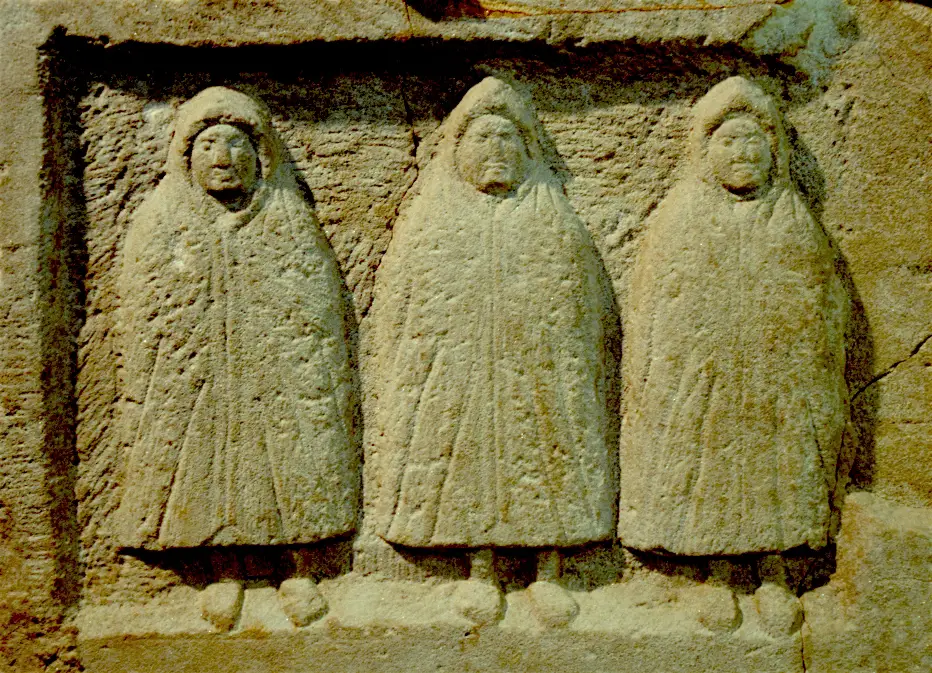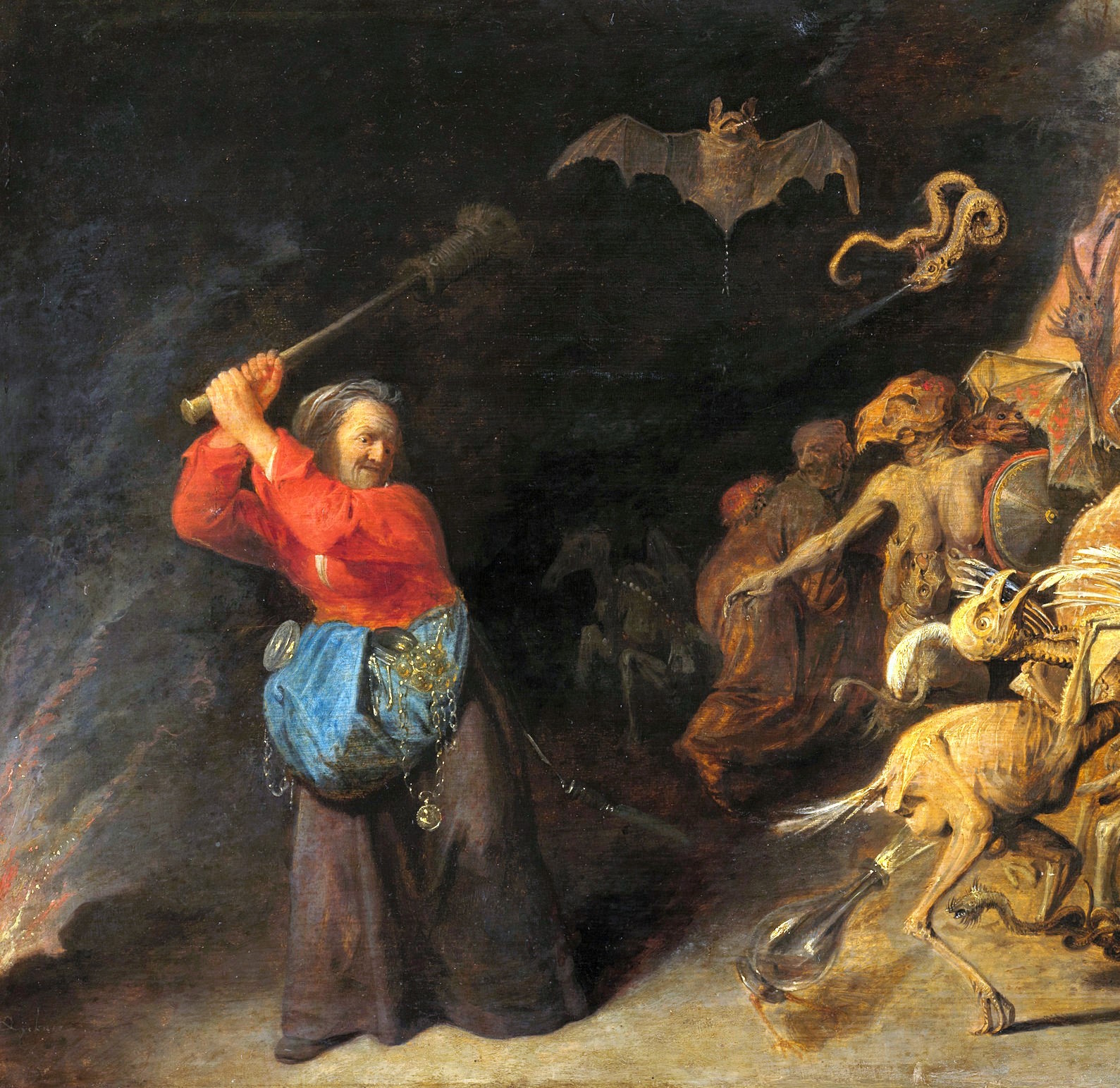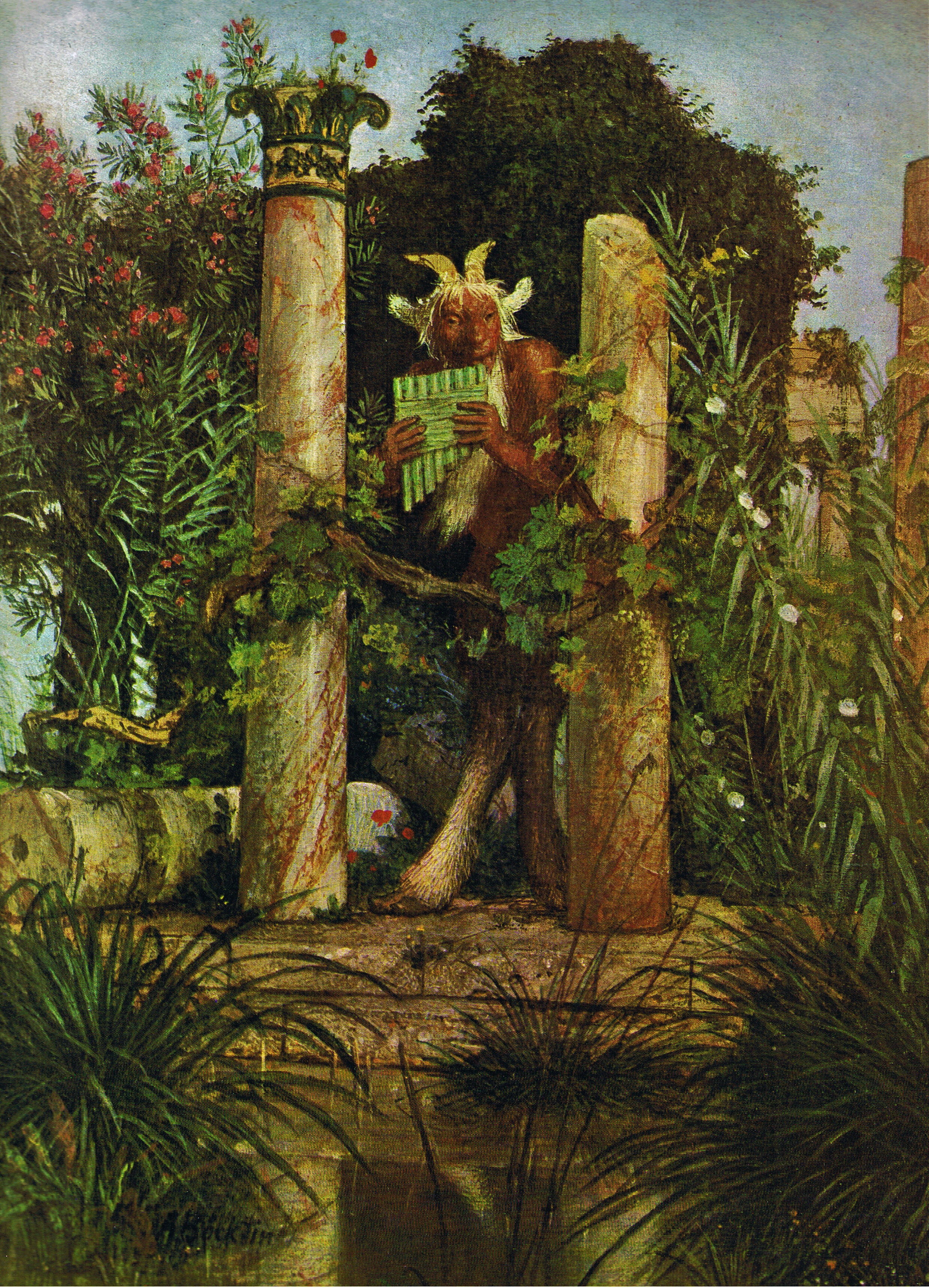Tag: Faun
Fragments of a forgotten shamanism: the Piedmontese Masche
The study of "magical" practices and folkloric beliefs regarding the Piedmontese Masche opens us some glimpses (not too unexpected) on Cosmic-agrarian cults of ancient Eurasia.
Arthur Machen and the awakening of the Great God Pan
The recent reprint of Arthur Machen's "folk horror" masterpiece allows us to shed light on one of the most fascinating phenomena of "pagan rebirth" in the modern West: the awakening of the Great God Pan in Victorian England, at the turn of the 800th century. and the '900.
Lupercalia: the cathartic celebrations of Februa
by Ascanio Modena Altieri
originally published on The Dissident Intellectual
The first rays of the civilization of Rome and of the Italian national myth begin their grandiose work among the districts of the Earth. The Palatine Hill is home to the she-wolf, the nurse, savior of the divine couple of infants from the waters of the Tiber and from the evil king of Alba Longa Amulio. On the slopes of the future Colle dei Principi, with tall oaks and fabulous woods, is the Lupercale, the mythical cave, home of the fatal fair, where the blood of the prey and the milk of the breasts mix in a combination of colors that, between a few centuries, it will become an imperishable ritual and celebratory imprint. However, aids to the auspicious destiny could not be delayed: the consanguineous shepherds, Faustulus and Plistinus, found the two nobles in swaddling clothes and, with the sacred consent of the feminine beast, decided to take the two to their hut on the hill, ready one day, to tell which most dignified blood is what gushes in their veins. In the beginning it was Acca Larenzia, wife of Faustolo, who took care of the children of the God Mars and of Rhea Silvia, in the house on the Palatine, until the two appropriated, in different ways, the already marked fate.
From Pan to the Devil: the 'demonization' and the removal of ancient European cults
di Marco Maculotti
cover: Arnold Böcklin, “Pan, the Syrinx-Blowing”, 1827
We have previously had the opportunity to see that, in the first centuries of our era and even during the medieval era, the cd. "Rural paganism" it kept its diffusion unchanged, especially in the areas further away from the large inhabited centers. St. Maximus noted that "in the fourth century (...) the first missionaries passed from city to city and rapidly spread the Gospel over a very large area, but they did not even touch the surrounding countryside", Then adding that" even in the fifth and sixth centuries, when most of them had long since been converted, in Gaul and Spain the Church, as shown by the repeated canons of the councils of the time, encountered great difficulty in suppressing the ancient rites with which peasants from time immemorial averted plagues e they increased the fertility of the flocks and fields"[AA Barb, cit. in Centini, p.101].
Metamorphosis and ritual battles in the myth and folklore of the Eurasian populations
di Marco Maculotti
The zoomorphic metamorphosis topos is widely present in the folkloric corpus of a large number of ancient traditions, both from archaic Europe (on which we will focus mainly in this study), and from other geographical areas. As early as the fifth century BC, in Greece, Herodotus mentioned men capable of periodically transforming themselves into wolves. Similar traditions have been documented in Africa, Asia and the American continent, with reference to the temporary metamorphosis of human beings in fairs: bears, leopards, hyenas, tigers, jaguars. Sometimes, in some historically documented cases of the ancient world (Luperci, Cinocefali, Berserker) "The paranormal experience of transformation into an animal takes on collective characteristics and is at the origin of initiatory groups and secret societies" (Di Nola, p.12).






